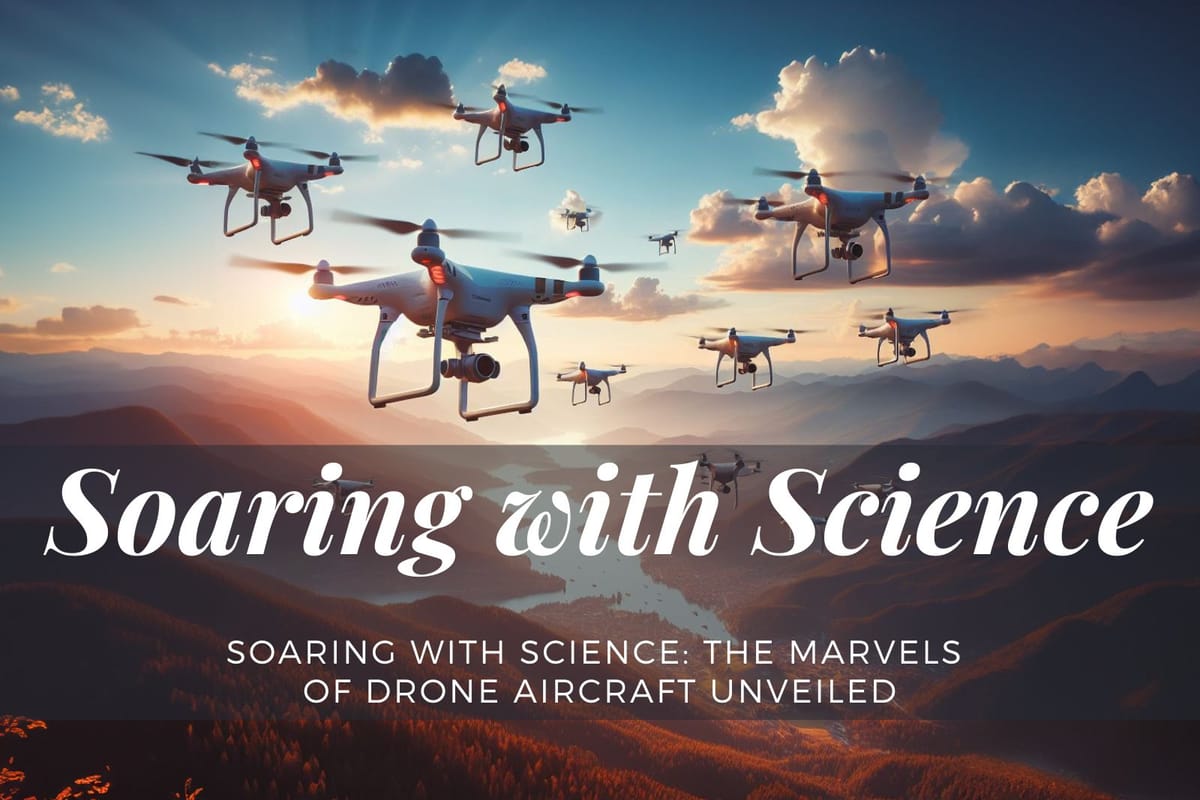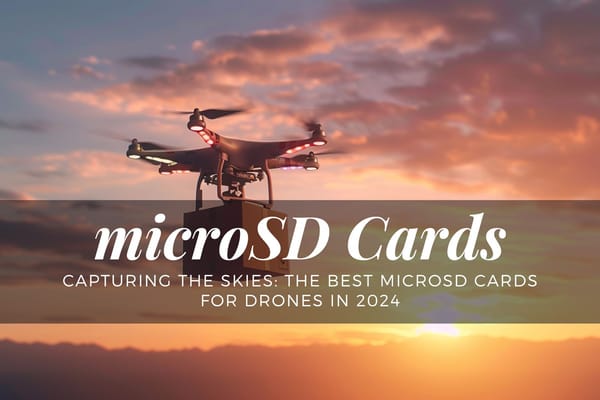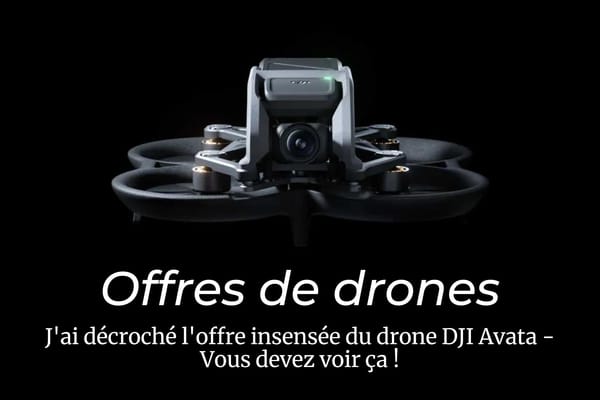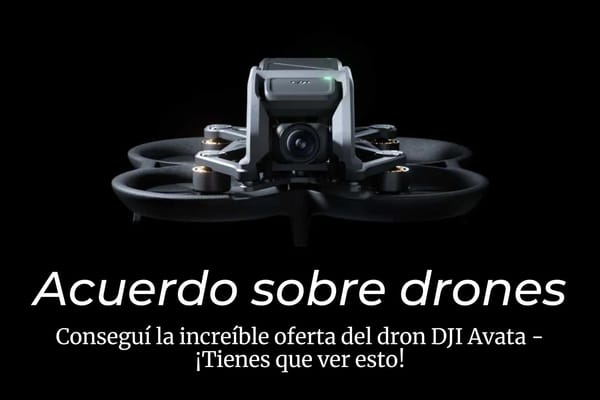Soaring with Science: The Marvels of Drone Aircraft Unveiled

Dive into the fascinating world of drone aircraft, a technological marvel reshaping our skies. Our research unveils the incredible potential of these unmanned wonders, from revolutionizing industries to performing tasks too risky for humans. Stay tuned to discover how drones are soaring with science and transforming the future.
Introduction to Drone Aircraft
What is a Drone Aircraft?
A drone, also known as an unmanned aerial vehicle (UAV), is an aircraft that can be controlled remotely or fly autonomously using software-controlled flight plans in its embedded systems, working in conjunction with onboard sensors and a global positioning system (GPS).
Drones were initially associated with the military, used for anti-aircraft target practice, intelligence gathering, and as weapons platforms. However, they are now used in a range of civilian roles, including search and rescue, surveillance, traffic monitoring, weather monitoring, firefighting, personal use, drone-based photography, videography, agriculture, and delivery services.
Key Takeaways
- Drones, or unmanned aerial vehicles (UAVs), can be controlled remotely or fly autonomously.
- There are different types of drones, including multi-rotor drones, fixed-wing drones, single-rotor helicopter drones, and fixed-wing hybrid VTOL drones.
- Drones work through a combination of electric motors, multi-propeller systems, and advanced technologies like GPS and LiDAR.
- Drones have a wide range of uses, from search and rescue to traffic monitoring, agriculture, and military applications.
- The history of drones dates back to the 19th century, and they have evolved significantly over the years.
Types of Drones
Drones come in different types and sizes, each designed for specific purposes. The four main types of drones are:
- Multi-Rotor Drones: These are the easiest and cheapest option for getting an 'eye in the sky.' They offer greater control over position and framing, making them perfect for aerial photography and surveillance.
- Fixed-Wing Drones: These drones have a single rigid wing and require a runway or launcher for takeoff. They are capable of covering long distances and staying aloft for extended periods, making them ideal for applications like mapping and surveying.
- Single-Rotor Helicopter Drones: These drones resemble mini helicopters and are known for their high efficiency and endurance. They are often used for professional applications like aerial LiDAR or magnetometer surveys.
- Fixed-Wing Hybrid VTOL Drones: These drones merge the benefits of fixed-wing and rotor-based designs. They have rotors attached to the fixed wings, allowing them to hover and take off and land vertically. This new category of hybrids is becoming increasingly popular, with Amazon’s Prime Air delivery drone being a notable example.
How Drones Work
Drones work by means of a set of electric motors that propel the device through a multi-propeller system, providing great stability when taking off, flying, and landing. They usually have long battery life, allowing them to stay in the air for quite a long time before requiring a battery change or recharge. Drones depend on a number of parts working together, including gyroscopes, vertical take-off and landing (VTOL) capabilities, GPS, and LiDAR technology, to create a functioning drone that can scan its surroundings while enduring a range of environments.
Uses of Drones
Drones have a wide range of uses, from commercial purposes to civil works and infrastructure inspections, and recreational use. Some of the most common uses include:
- Search and rescue: Equipped with advanced imaging technologies, drones can cover vast areas quickly, scanning the terrain and searching for heat signatures or other signs of human presence.
- Monitoring traffic: Drones can provide real-time traffic updates, helping to manage and control traffic effectively.
- Weather measurements and observations for firefighting: Drones can be used to monitor weather conditions and provide valuable data for firefighting operations7.
- Applying pesticides, irrigation systems, and harvest monitoring: In agriculture, drones can be used to apply pesticides, monitor irrigation systems, and keep track of harvest progress.
- Military defense of the airspace: Drones are used extensively in the military for surveillance, reconnaissance, and even combat missions.
History of Drones
The history of drones dates back to 1849 Italy, when Austrian soldiers attacked Venice with hot-air, hydrogen- or helium-filled balloons equipped with bombs. The first pilotless radio-controlled aircraft was used in World War I. The term 'drone' started to be used in the 1930s, inspired by the name of one of the British models, the DH.82B Queen Bee. Today, drones are much more advanced and are used in a wide range of applications, from military to commercial and recreational uses.
Advanced Topics in Drone Aircraft
Recent Advances in Drone Technology
Drone technology has seen significant advancements in recent years, with innovations in their geometric structure, flying capabilities, and applications. The miniaturization of instrumentation and the development of sophisticated tasks such as medical image analysis, 3D mapping, aerial photography, and autonomous driving have enhanced the level of autonomy and other capabilities of drones.
Advancements in vision- and laser-based navigation, the use of cellular signals for UAV navigation, and the application of ultrawideband beacons have also been significant. These technologies have increased the potential applications for drones, which now include environmental monitoring, surveillance, mapping, agriculture, aerial photography, infrastructure monitoring, search and rescue, and law enforcement.
Drone Threats and Security Concerns
As drone technology advances, so do the potential threats they pose. Small drones are becoming quicker and potentially more deadly, with the ability to inflict significant damage on infrastructure and militaries. The small UAS threat falls into four categories: surveillance; delivery of explosives; loitering munitions, or kamikaze drones; and the “non-nefarious” actors — the hobbyist who recklessly wanders into restricted airspace, for example.
Advanced Operations and Regulations
Many drone operations can be conducted under the Small UAS Rule (14 CFR part 107), or as a recreational flight within the guidelines of a modeler community-based organization. However, more complex operations may need additional certification or approval. Some examples include aircraft certification, operational approvals for emergency situations, dispensing chemicals and agricultural products (Part 137), package delivery by drone, UAS traffic management (UTM), upper class E traffic management, urban air mobility and advanced air mobility, and BVLOS (Beyond Visual Line of Sight) drone operations.
Future of Drones
The future of drones is promising, with new designs and roles being developed. Goals and operational issues are being addressed, with advancements in space, hypersonic, submarine launched, UCAS, pseudo satellites, BAMS, and future military missions being explored.
Manufacturers, suppliers, and developers have made numerous recent advances in drone data exploitation, flight-control, and airspace integration. Drones are now capable of performing time-critical inspections including those of wind turbine fields, oil refineries and offshore rigs, power masts and utility lines, bridges, dams, nuclear facilities, large infrastructure projects, and other use cases.
Conclusion
In conclusion, the world of drone aircraft has evolved significantly from its military origins to become a ubiquitous and versatile technology with widespread applications across various industries. From the early use of balloons equipped with bombs in 1849 to the sophisticated, autonomous vehicles we see today, drones have come a long way.
Understanding the fundamental types of drones, including multi-rotor, fixed-wing, single-rotor helicopter, and hybrid VTOL drones, provides insight into their diverse capabilities. These unmanned aerial vehicles operate through a combination of electric motors, advanced technologies like GPS and LiDAR, and intricate flight control systems.
The uses of drones span a wide spectrum, from enhancing search and rescue missions with advanced imaging technologies to revolutionizing agriculture through tasks such as pesticide application and harvest monitoring. Drones play a crucial role in military defense, monitoring traffic, weather measurements for firefighting, and even recreational activities like aerial photography and videography.
As we delve into the history of drones, we find roots in the 19th century military applications, progressing through World War I to the contemporary era where drones are integral to commercial, civil, and recreational endeavors.
Recent advancements in drone technology showcase the miniaturization of instrumentation and the development of sophisticated tasks, such as medical image analysis, 3D mapping, and autonomous driving. However, with progress comes challenges, and the potential threats posed by drones, including surveillance, delivery of explosives, and regulatory concerns, need careful consideration.
Advanced drone operations and regulations are evolving to address the complexity of drone use in various scenarios. From small UAS rules to more complex operations requiring additional certifications, the regulatory landscape is adapting to ensure safe and responsible drone use.
Looking to the future, the drone industry is poised for further innovation. New designs and roles are continually being explored, with advancements in space, hypersonic, and urban air mobility. Manufacturers and developers are making strides in drone data exploitation, flight control, and airspace integration, enabling drones to perform critical inspections across diverse infrastructures.
In conclusion, the future of drones holds exciting possibilities, and as technology continues to advance, we can anticipate even greater contributions from these unmanned aerial vehicles across a myriad of fields. From enhancing efficiency in agriculture to revolutionizing infrastructure inspections, drones are set to play a pivotal role in shaping the future of technology and industry.
What is a drone?
A drone, also known as an unmanned aerial vehicle (UAV), is an aircraft that can be controlled remotely or fly autonomously using software-controlled flight plans in its embedded systems, working in conjunction with onboard sensors and a global positioning system (GPS).
What are the different types of drones?
The four main types of drones are multi-rotor drones, fixed-wing drones, single-rotor helicopter drones, and fixed-wing hybrid VTOL drones.
How do drones work?
Drones work by means of a set of electric motors that propel the device through a multi-propeller system, providing great stability when taking off, flying, and landing. They also use advanced technologies like GPS and LiDAR.
What are drones used for?
A: Drones have a wide range of uses, including search and rescue, traffic monitoring, weather measurements for firefighting, agriculture, and military defense of the airspace.
When were drones first used?
The history of drones dates back to 1849 Italy, when Austrian soldiers attacked Venice with hot-air, hydrogen- or helium-filled balloons equipped with bombs. The first pilotless radio-controlled aircraft was used in World War.
What are the recent advancements in drone technology?
Recent advancements in drone technology include innovations in their geometric structure, flying capabilities, and applications. The miniaturization of instrumentation and the development of tasks such as medical image analysis, 3D mapping, aerial photography, and autonomous driving have enhanced their level of autonomy and capabilities.
What are the potential threats posed by drones?
Potential threats posed by drones include surveillance, delivery of explosives, loitering munitions or kamikaze drones, and the “non-nefarious” actors — the hobbyist who recklessly wanders into restricted airspace, for example.
What are some examples of advanced drone operations?
Examples of advanced drone operations include aircraft certification, operational approvals for emergency situations, dispensing chemicals and agricultural products (Part 137), package delivery by drone, UAS traffic management (UTM), upper class E traffic management, urban air mobility and advanced air mobility, and BVLOS (Beyond Visual Line of Sight) drone operations.
What is the future of drones?
The future of drones is promising, with new designs and roles being developed. Advancements are being made in drone data exploitation, flight-control, and airspace integration, with drones now capable of performing time-critical inspections of various infrastructures.


